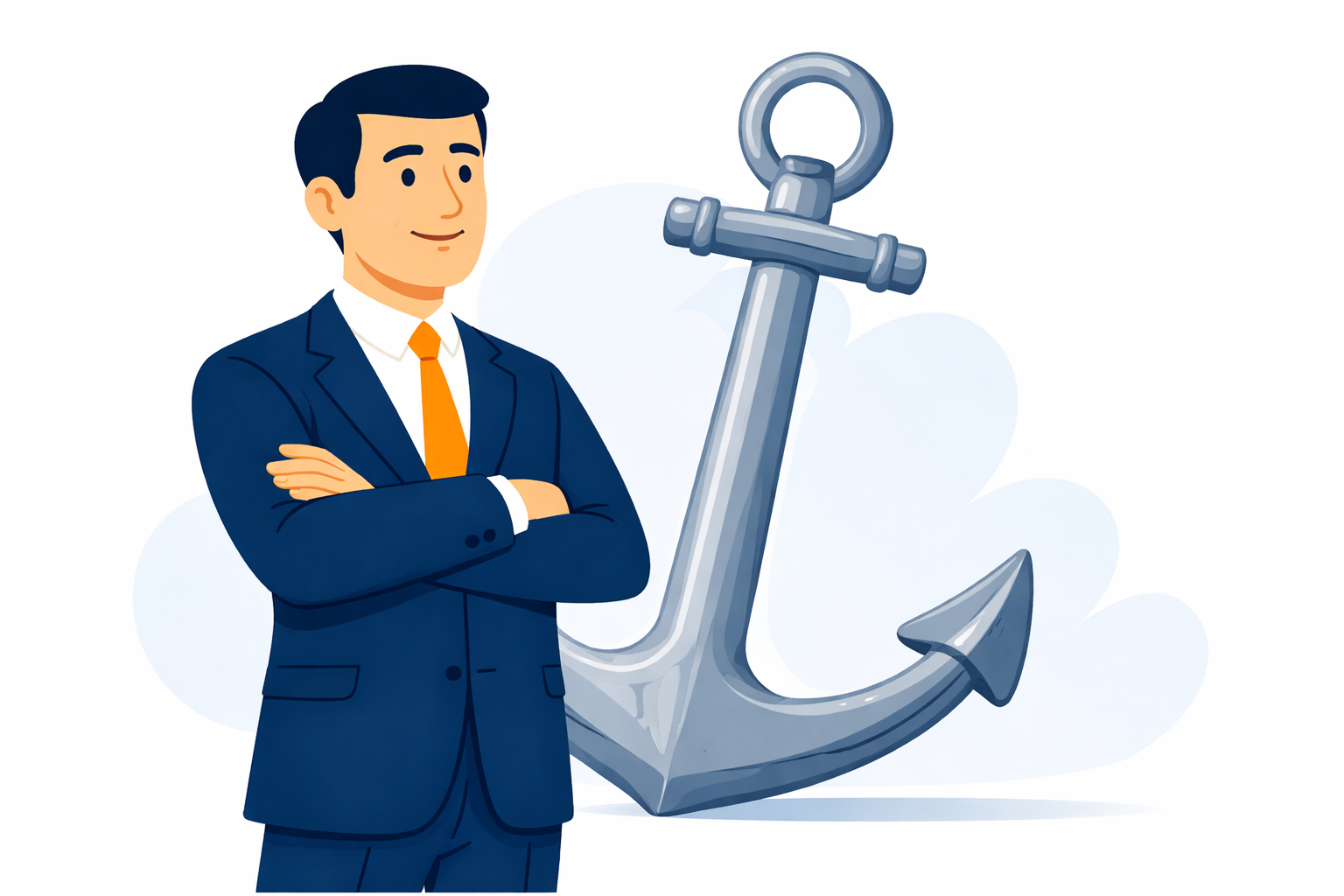The buying triangle – Price, Availability and Convenience
Retailers and Brands invest heavily in customer loyalty. It serves them well as loyal customers tend to have an emotional connection to the retailer or brand. Loyalty is highly regarded as it drives repeat business. However in today’s fast-moving world where price competitiveness is key and brands compete more openly, customer loyalty is coming under increased strain.
Price competitiveness, product availability and increasing convenience are essential ingredients in maintaining the loyalty of customers. Ultimately keeping loyal customers is essential for long term and sustained revenue for brands and retailers.
Buying is an emotional rollercoaster
Any buying decision by a customer is an emotional risk. Spending large or small amounts of money, causes the buyer to ask a range of questions. Do I trust the brand? Is the price competitive? Do I trust the retailer? These are usually the initial questions.
However, as the web opens up the amount of available information consumers tend to ask more penetrating questions. Is the product in stock? How long am I willing to wait for that product? Can I get the product elsewhere more quickly? Loyalty can quickly erode through substitution.
Price competitiveness and availability
Retailers need to understand how price-competitive there are relative to their competition. This takes considerable time but today price tracking tools, such as Insitetrack save significant time and money. This gives retailers an excellent overview of where they are relative to their competitors.
Interestingly loyal customers also need a reference point to ensure their loyalty is not being taken for granted. Increasingly consumers are using comparison sites to check if their investment in a brand or retailer is worthwhile. While price may be their prime comparison, it is not the only one.
While many websites focus purely on price and price promotions, many forget that product availability is another key decision factor. Amazon and their Prime service have added convenience as a key tool in winning and keeping customers. Many retailers have responded with similar initiatives, but only time will tell if these are sufficient to keep their own loyal customers.
Price comparison helps loyalty
Research suggests that loyal customers are the ones that know what the retailer is charging as well as competitors’ prices. If the comparison is within their value reference then they will remain. If it is outside their reference point they will think about substitution.
Interestingly the research found those customers who don’t compare and go on instinct are less likely to remain loyal to a brand. They are typically attracted by price promotions, discounts and offers.
However, to truly engage with loyal customers, you need to present them with information. Product information, a competitive reference price and product availability are essentials. But potentially you may have to show your competitors price on your website also.
This may seem risky, but showing a degree of confidence and presenting your competitor’s pricing on your website as well, will allow loyal customers to compare and trust you.
Giving potential customers more pricing information and product availability, rather than less will enhance your ability to retain loyalty.
Loyalty is hard work
Keeping loyal customers is hard work. Retailers know the landscape has changed and price competitiveness is essential. In our information-rich world, consumers are more knowledgeable and price-aware than ever.
Retailers need to embrace openness on product availability, price awareness and competitor information to keep loyal customers.
Bringing the triangle together is difficult but focusing on price alone will not keep customers loyal.



